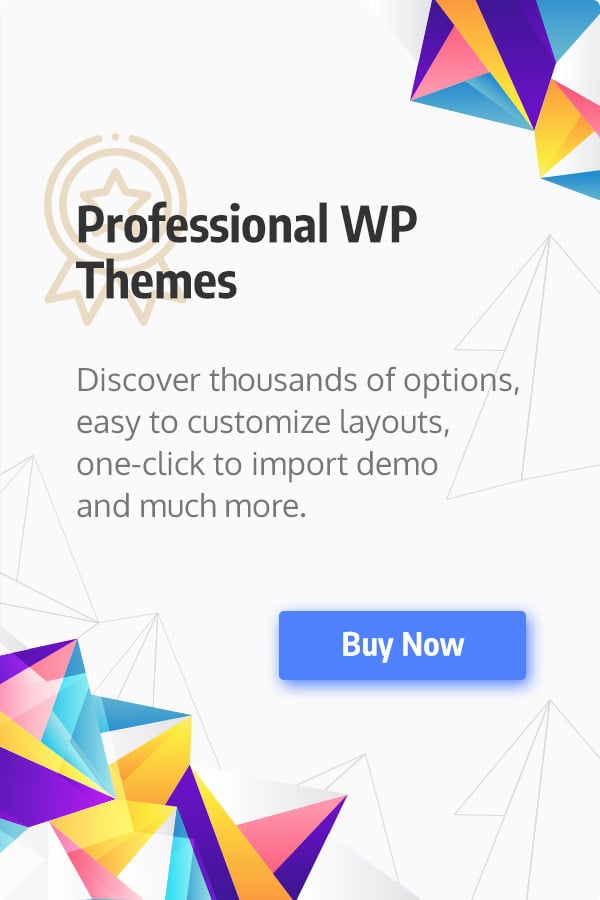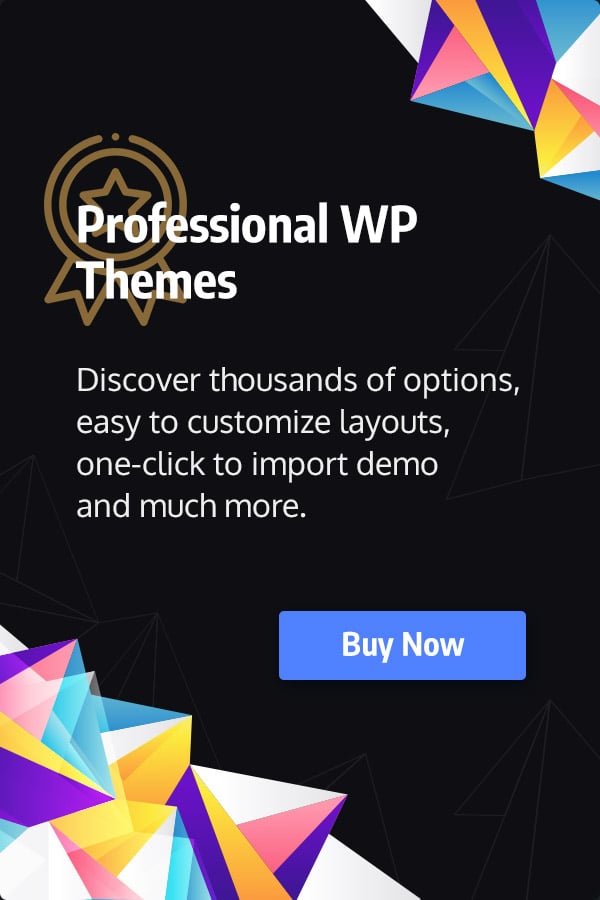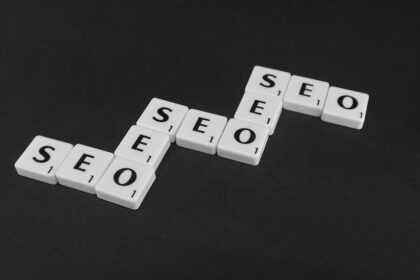The symbiotic relationship between readability and OnPage SEO performance forms the bedrock of sustainable digital visibility and user engagement. While often discussed as separate disciplines, their true power emerges when they are intricately woven together, each amplifying the effectiveness of the other. Readability, at its core, refers to the ease with which a reader can understand a written text. It encompasses elements like sentence structure, vocabulary choice, paragraph length, and overall flow. OnPage SEO, conversely, involves optimizing individual web pages to rank higher and earn more relevant traffic in search engine results pages (SERPs). This includes optimizing content, HTML source code, and images. Understanding how these two spheres intersect is paramount for any digital marketer or content creator aiming for superior online presence and meaningful user interaction.
Optimizing for readability is not merely about simplifying language; it is about crafting content that resonates with the target audience, regardless of their reading proficiency. This involves a strategic approach to communication, ensuring clarity without sacrificing depth or accuracy. When content is easy to read, users are more likely to consume it thoroughly, leading to higher dwell times and lower bounce rates—critical user experience signals that search engines increasingly factor into ranking algorithms. A highly readable piece of content facilitates quicker information absorption, allowing users to find answers efficiently, which directly contributes to a positive user journey. This positive experience translates into stronger engagement signals sent back to search engines, subtly yet powerfully bolstering the page’s authority and relevance in the eyes of algorithms.
Several established metrics and tools exist to quantify readability, providing objective scores that guide content creators. The Flesch-Kincaid Readability Test, for instance, calculates both a reading ease score and a grade level. A higher Flesch Reading Ease score indicates easier readability, typically aiming for scores above 60-70 for general audiences. The Flesch-Kincaid Grade Level estimates the years of education required to understand the text, with an ideal target often falling between 7th and 8th grade for broad accessibility. Other notable tests include the Gunning Fog Index, which focuses on complex words and sentence length, with lower scores indicating easier reading, and the SMOG Index, particularly useful for health information, aiming for a grade level of 7-8. The Dale-Chall Readability Formula, meanwhile, evaluates text based on a list of common words, penalizing for vocabulary outside this list. While these metrics offer quantitative insights, they serve as guidelines, not absolute rules. Context and target audience sophistication must always inform the final readability strategy. A technical article for engineers will naturally have a lower Flesch score than a blog post for teenagers, and that is entirely appropriate. The goal is to optimize readability for the intended reader, not to universally simplify all content.
Beyond quantitative scores, the qualitative aspects of readability hold significant sway. Sentence length variation is a prime example. While short sentences enhance clarity, a monotonous string of only short sentences can become choppy and unengaging. Conversely, excessively long and complex sentences can overwhelm readers, leading to skimming or abandonment. The key lies in strategic variation, interspersing shorter, punchy sentences with longer, more descriptive ones to maintain rhythm and flow. Similarly, paragraph length profoundly impacts visual appeal and scannability. Long, dense blocks of text are intimidating and deter reading. Breaking content into shorter, digestible paragraphs, often no more than 3-5 lines, creates visual breaks and encourages readers to progress through the material. This improves the user’s scanning experience, allowing them to quickly identify key points and decide if the content is relevant to their needs.
Vocabulary choice is another critical component. While avoiding overly complex jargon is generally advisable for broad audiences, using precise, industry-specific terminology is crucial when addressing a niche or expert readership. The balance lies in employing vocabulary that is both accessible to the target demographic and accurate for the subject matter. When technical terms are necessary, providing clear definitions or context can mitigate potential confusion. Active voice, where the subject performs the action, generally makes sentences more direct, concise, and easier to understand than passive voice constructions. For example, “The team implemented the strategy” (active) is clearer than “The strategy was implemented by the team” (passive). While passive voice has its place, especially in formal or academic writing, a predominant use of active voice enhances readability for web content.
Effective transitions are the glue that holds content together, guiding the reader smoothly from one idea or paragraph to the next. Words and phrases like “therefore,” “however,” “in addition,” “consequently,” and “for example” create logical connections and improve the flow of arguments, preventing abrupt shifts that can disorient readers. Whitespace, achieved through short paragraphs, line breaks, and judicious use of headings and lists, is not merely an aesthetic choice but a readability imperative. It provides visual relief, making the page less daunting and more inviting. Headings and subheadings (H1-H6) are fundamental structural elements that enhance both readability and OnPage SEO. From a readability standpoint, they break up large blocks of text, signal topic shifts, and allow readers to quickly scan and find relevant sections. For OnPage SEO, they provide hierarchical context to search engines, helping them understand the content’s structure and main themes.
Lists, both bulleted and numbered, are powerful tools for presenting information concisely and enhancing scannability. They highlight key points, steps in a process, or groups of related items, making complex information easier to digest. Font choice and size, line height, and contrast also play significant roles in visual readability. A legible font (e.g., sans-serif fonts like Arial, Helvetica, or Open Sans for web use), an adequate font size (typically 16px or larger for body text), sufficient line height (1.5 times the font size is often recommended), and high contrast between text and background ensure comfortable reading, reducing eye strain and fatigue. These elements directly contribute to a positive user experience, encouraging longer engagement with the content.
Mobile readability demands special attention. With a significant portion of web traffic originating from mobile devices, content must be optimized for smaller screens. This includes responsive design, ensuring text resizes appropriately, images scale correctly, and clickable elements are sufficiently spaced. Mobile-specific considerations like touch-friendly navigation and faster loading times, which fall under Core Web Vitals, indirectly impact readability by ensuring the content is accessible and performs well on handheld devices. Slow loading times on mobile can cause users to abandon a page before they even begin to read, negating any readability efforts.
Accessibility is an overarching concern that ties directly into readability. Designing content with accessibility in mind means making it usable for people with disabilities. This includes using proper heading structures, providing alt text for images (which also serves an SEO function), ensuring sufficient color contrast, and offering keyboard navigation options. Accessible content is inherently more readable for a broader audience, demonstrating a commitment to inclusivity that search engines increasingly value as part of their E-E-A-T (Experience, Expertise, Authoritativeness, Trustworthiness) guidelines.
Transitioning to OnPage SEO, its various components work in concert to signal relevance and authority to search engines. Keyword research forms the foundation, identifying the terms and phrases users employ when searching for information, products, or services. Understanding search intent—whether transactional, informational, navigational, or commercial investigation—is crucial for crafting content that directly answers user queries and aligns with their goals. Optimizing title tags is perhaps one of the most critical OnPage SEO elements. The title tag, displayed in browser tabs and SERP results, should be concise, compelling, and include the primary target keyword, ideally near the beginning. It directly influences click-through rates (CTR) and informs search engines about the page’s main topic. A well-crafted title tag acts as an invitation, combining SEO efficacy with an appeal to user curiosity.
Meta descriptions, while not a direct ranking factor, significantly impact CTR from the SERPs. They serve as a brief summary of the page’s content, enticing users to click. Including relevant keywords naturally within the meta description, along with a clear call to action, can improve its appeal. Like title tags, meta descriptions should be crafted with both search engines and human readers in mind, providing an informative snippet that accurately represents the page’s value proposition. URL structure, too, contributes to OnPage SEO and, by extension, readability in the context of user experience. Clean, descriptive, and keyword-rich URLs are easier for users to understand and remember, and they provide search engines with additional context about the page’s content. Avoiding long strings of numbers or irrelevant characters and opting for short, meaningful slugs enhances both crawlability and user confidence.
Header tags (H1, H2, H3, etc.) are pivotal for both SEO and readability, acting as signposts for both users and search engine bots. The H1 tag should contain the primary keyword and accurately reflect the page’s main topic, serving as the content’s title. Subsequent H2, H3, and H4 tags break down the content into logical sections and subsections, incorporating secondary keywords and related phrases. This hierarchical structure not only improves content organization and scannability for readers but also helps search engines grasp the content’s depth and topical relevance. When keywords are logically distributed across headings, it reinforces the page’s theme without resorting to keyword stuffing, a practice detrimental to both readability and rankings.
Content quality and depth are perhaps the most significant OnPage SEO factors, heavily intertwined with readability. Search engines prioritize comprehensive, accurate, and valuable content that thoroughly addresses user intent. This aligns perfectly with readability principles: well-structured, easy-to-read content is inherently more valuable. Long-form content, when executed well with excellent readability, often performs better in SERPs because it has the opportunity to delve deeper into a topic, cover more related keywords semantically, and satisfy multiple facets of user queries. However, lengthy content without good readability is a deterrent, leading to high bounce rates. This is where the synergy becomes evident: readability transforms long-form content from an SEO burden into an asset.
Image optimization is another OnPage SEO element with readability implications. Alt text, descriptive file names, and appropriate image compression contribute to SEO by providing search engines with context about visual content. From a readability and accessibility perspective, alt text is crucial for visually impaired users who rely on screen readers to interpret images. Describing images accurately and concisely through alt text makes the content more accessible and understandable for everyone. Image placement and size also affect readability, ensuring visuals enhance the text rather than distract from it or break its flow. Large, unoptimized images can also slow down page load times, impacting Core Web Vitals and thus user experience and SEO.
Internal linking, the practice of linking to other relevant pages within the same website, is a powerful OnPage SEO strategy that also aids readability and user navigation. It helps distribute link equity across the site, signals content hierarchy to search engines, and guides users to related information, encouraging them to stay on the site longer. From a readability perspective, well-placed internal links offer readers opportunities to explore related topics and delve deeper into areas of interest without having to initiate new searches. The anchor text used for internal links should be descriptive and relevant, indicating to both users and search engines what the linked page is about.
External linking, or linking to reputable, authoritative external websites, demonstrates thorough research and reinforces the credibility of the content. While some might fear losing visitors to external sites, strategic external linking can improve E-E-A-T signals, which in turn benefits SEO. From a readability standpoint, external links provide users with additional resources and validation for the information presented, enhancing the perceived value and trustworthiness of the content. However, too many external links can be distracting and appear spammy, so balance is key.
Core Web Vitals, Google’s initiative to quantify user experience metrics, directly impacts OnPage SEO performance and are intrinsically linked to content readability. While primarily focused on technical aspects like page loading speed (Largest Contentful Paint – LCP), interactivity (First Input Delay – FID), and visual stability (Cumulative Layout Shift – CLS), these metrics critically affect whether a user can even begin to read content comfortably. A fast LCP ensures the main content loads quickly, preventing user frustration. FID ensures the page responds quickly to user input, and CLS ensures the layout doesn’t shift unexpectedly while a user is reading or interacting. All these technical factors create an environment conducive to positive readability and engagement. If a page loads slowly or is visually unstable, even the most beautifully written, readable content may never get a chance to be consumed.
Mobile-friendliness, as mentioned in the context of readability, is also a distinct and crucial OnPage SEO factor. Google’s mobile-first indexing means that the mobile version of a website is primarily used for ranking. A mobile-responsive design ensures that content is readable and navigable on all devices, directly impacting search rankings and user satisfaction. Content that adapts fluidly to different screen sizes, without requiring pinching or zooming, naturally enhances readability on mobile, which translates into better user engagement and SEO performance.
Schema markup, while not directly influencing readability of the visible text, enhances search engine understanding of content and can influence how a page appears in SERPs. By providing structured data about the content (e.g., article type, author, rating, publication date), schema markup can lead to rich snippets, which visually stand out in search results. These enhanced listings can improve CTR, indirectly boosting traffic to content that then benefits from strong readability. While schema doesn’t make the content itself easier to read, it makes the search result easier to “read” and comprehend for a user.
The interplay between readability and OnPage SEO is where the true strategic advantage lies. Good readability is good OnPage SEO because it satisfies user intent and user experience signals, which are increasingly prioritized by search algorithms. Search engines are sophisticated enough to understand natural language processing (NLP) and evaluate content not just for keywords but for relevance, comprehensiveness, and overall quality. Content that flows naturally, answers questions thoroughly, and is easy to digest aligns perfectly with what search engines strive to deliver to their users.
Consider the role of keyword density versus semantic SEO. Old SEO practices often focused on stuffing keywords into content, leading to unnatural, unreadable text. Modern SEO, however, emphasizes semantic relationships between keywords and concepts. Readability demands natural language, which naturally incorporates synonyms, related terms, and broader topics. This aligns perfectly with semantic SEO, where algorithms understand the overall context and meaning of a page, not just the presence of specific keywords. When content is written for humans first, with clarity and flow as priorities, it inherently uses a wider range of semantically related terms, signaling comprehensive coverage to search engines.
User experience (UX) serves as the ultimate bridge between readability and OnPage SEO. Dwell time (the amount of time a user spends on a page after clicking from a SERP) and bounce rate (the percentage of users who leave a site after viewing only one page) are critical UX signals. Highly readable content encourages users to stay longer and explore further, reducing bounce rates and increasing dwell time. These positive signals suggest to search engines that the content is valuable and relevant, leading to improved rankings. Conversely, content that is difficult to read or navigate will likely result in users quickly leaving, sending negative signals that can harm SEO performance.
From a practical application perspective, integrating readability into the content creation workflow is essential. It starts during the planning phase, considering the target audience’s reading level and designing the content structure with scannability in mind. During writing, conscious efforts should be made to vary sentence and paragraph length, use active voice, and choose appropriate vocabulary. Post-writing, editing for readability should be as rigorous as editing for grammatical correctness and factual accuracy. Tools and plugins, such as those integrated into popular content management systems (e.g., Yoast SEO or Rank Math for WordPress), often include readability analysis features that provide real-time feedback on Flesch-Kincaid scores, sentence length, and passive voice usage. While helpful, these tools should complement, not replace, human judgment and a deep understanding of the target audience.
Common pitfalls include over-optimizing for keywords at the expense of natural language, writing excessively long sentences in an attempt to sound authoritative, or ignoring visual presentation entirely. Another trap is creating content for search engines only, neglecting the human reader’s experience. This can lead to technically “optimized” pages that fail to engage or convert. The ultimate goal is to create content that serves both masters: algorithms that determine visibility and humans who consume and act upon the information. Striking this balance requires a nuanced understanding of both disciplines and a commitment to continuous improvement.
Future trends in SEO, particularly the advancements in artificial intelligence and natural language processing (NLP), further underscore the importance of readability. Search engines are becoming increasingly adept at understanding the nuances of human language, contextual relevance, and the sentiment of content. AI-powered algorithms can better assess content quality, comprehensiveness, and whether it truly satisfies user intent. This means that content that is well-written, logically structured, and easy to understand will naturally align with these evolving algorithmic preferences. As AI gets better at mimicking human understanding, content written for humans with clarity and purpose will inherently be more SEO-friendly. The emphasis shifts from keyword matching to topic authority and user satisfaction. Voice search, for instance, often involves longer, more conversational queries. Content that is structured and written to directly answer these natural language questions, characteristic of good readability, will be better positioned to rank.
In conclusion, optimizing for readability and OnPage SEO performance is not about choosing one over the other, but about recognizing their profound interdependence. A readable article ensures that the human audience engages with the content, resulting in positive user signals that search engines value. Robust OnPage SEO strategies ensure that search engines understand, index, and rank that highly readable content effectively. By prioritizing clarity, structure, and user experience alongside technical SEO best practices, content creators can build a powerful foundation for sustainable organic growth, fostering both algorithmic favor and genuine human connection. The investment in readability is an investment in effective communication, which is the cornerstone of any successful digital presence.











